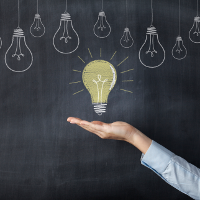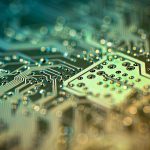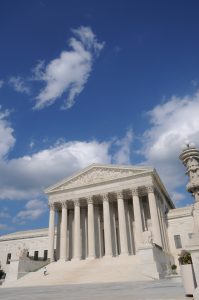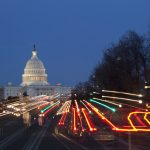The following post comes from Professor Camilla Hrdy of Akron Law. It originally appeared on Written Description, and it is reposted here with permission.
 By Camilla Hrdy
By Camilla Hrdy
I truly enjoyed Sean O’Connor’s new paper, forthcoming in the George Mason Law Review, called “Distinguishing Different Kinds of Property in Patents and Copyrights.” Read more


 In a recent essay responding to a divisive critique of his book, Justifying Intellectual Property, Robert Merges makes clear from the start that he won’t be pulling any punches. He explains that the purpose of his essay,
In a recent essay responding to a divisive critique of his book, Justifying Intellectual Property, Robert Merges makes clear from the start that he won’t be pulling any punches. He explains that the purpose of his essay,  In a recent
In a recent  Following the Supreme Court’s four decisions on patent eligibility for inventions under
Following the Supreme Court’s four decisions on patent eligibility for inventions under  It’s been one year since the Supreme Court’s decision in Alice Corp. v. CLS Bank. On its face the
It’s been one year since the Supreme Court’s decision in Alice Corp. v. CLS Bank. On its face the  In an important decision handed down today, the Supreme Court explicitly recognized that patents are property secured by the Fifth Amendment Takings Clause. In
In an important decision handed down today, the Supreme Court explicitly recognized that patents are property secured by the Fifth Amendment Takings Clause. In  In the last two weeks, the House and Senate Judiciary Committees marked up wide-ranging patent legislation ostensibly aimed at combating frivolous litigation by so-called “patent trolls.” But while the stated purpose of the House and Senate bills—H.R. 9 (the “
In the last two weeks, the House and Senate Judiciary Committees marked up wide-ranging patent legislation ostensibly aimed at combating frivolous litigation by so-called “patent trolls.” But while the stated purpose of the House and Senate bills—H.R. 9 (the “